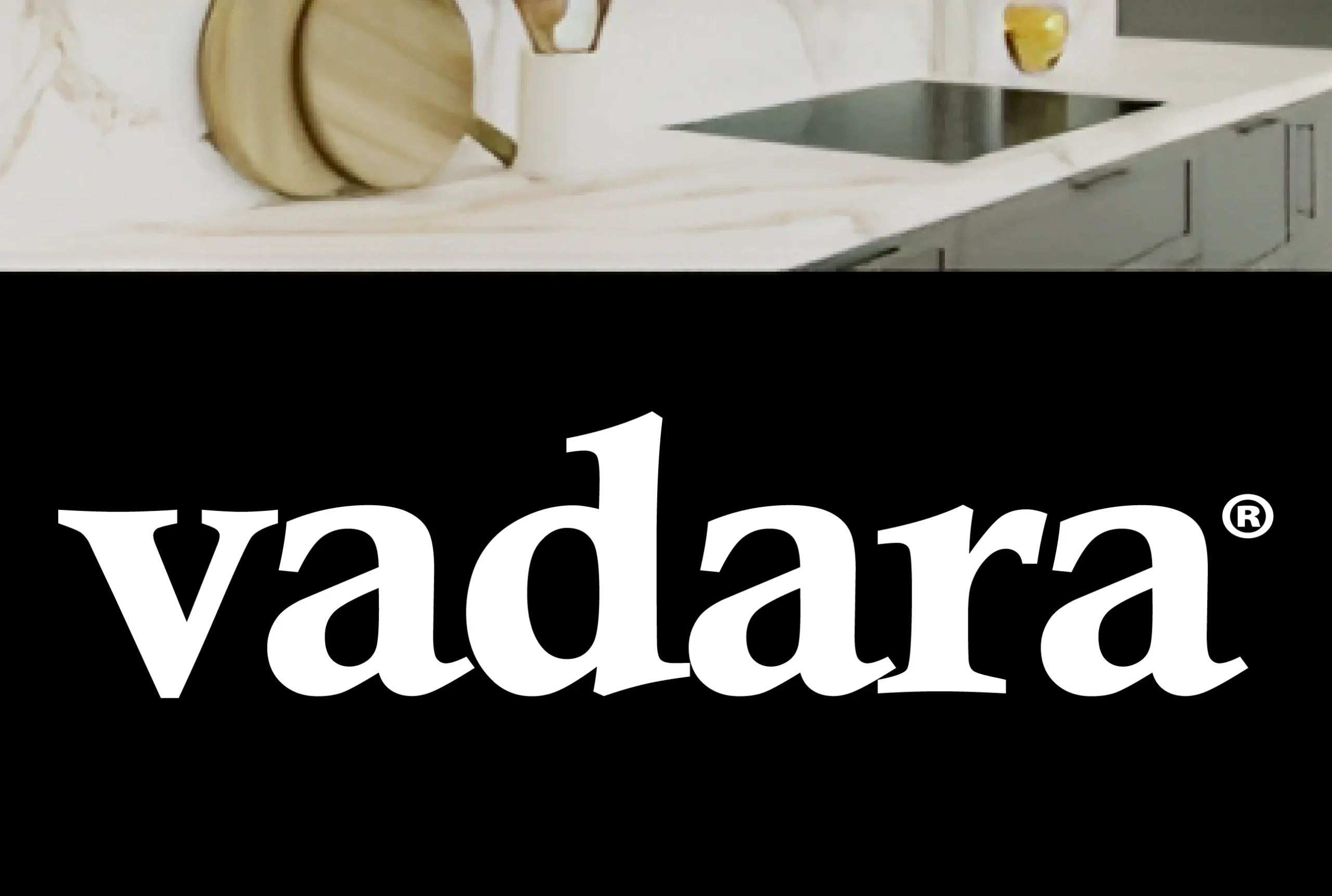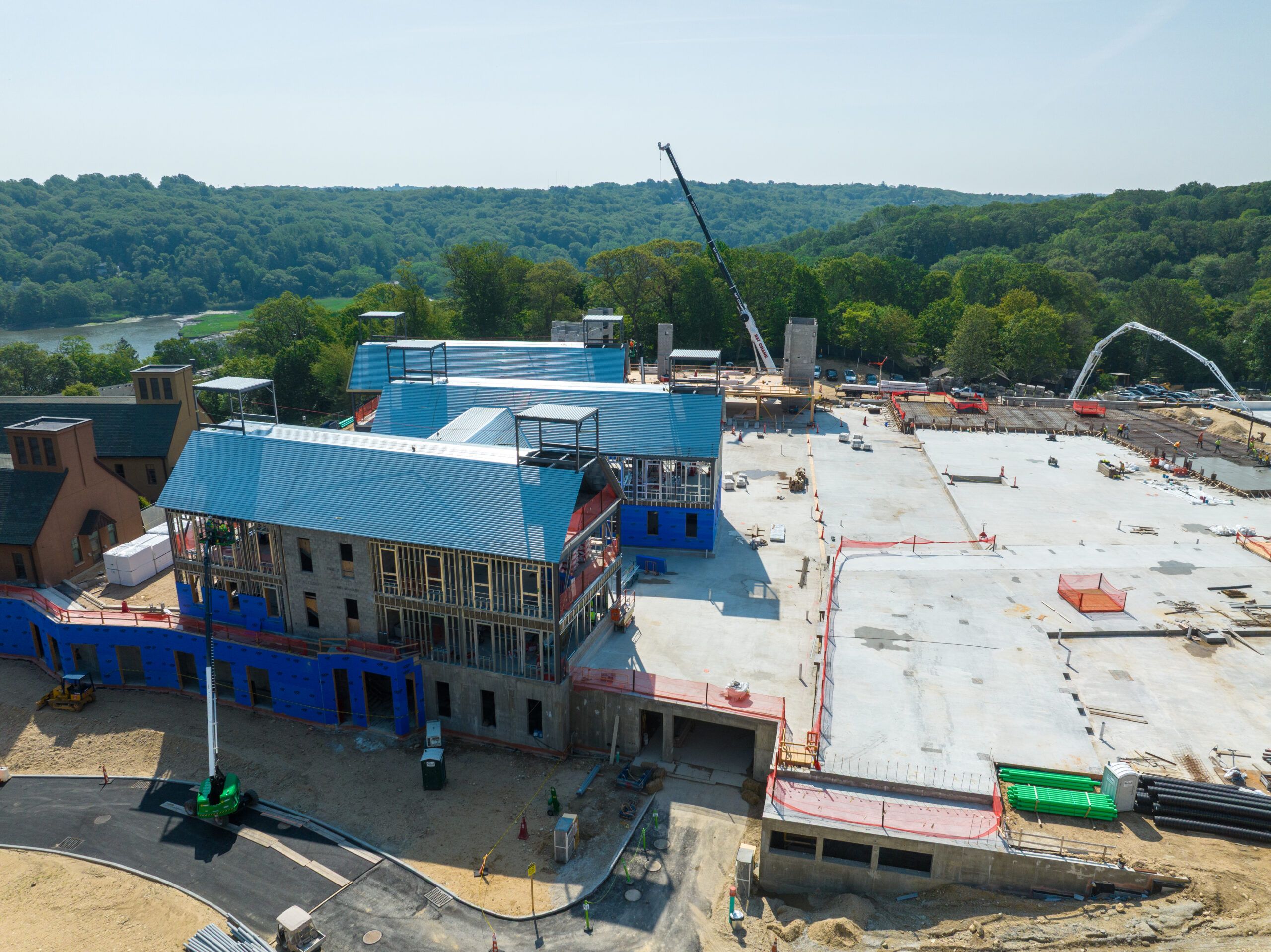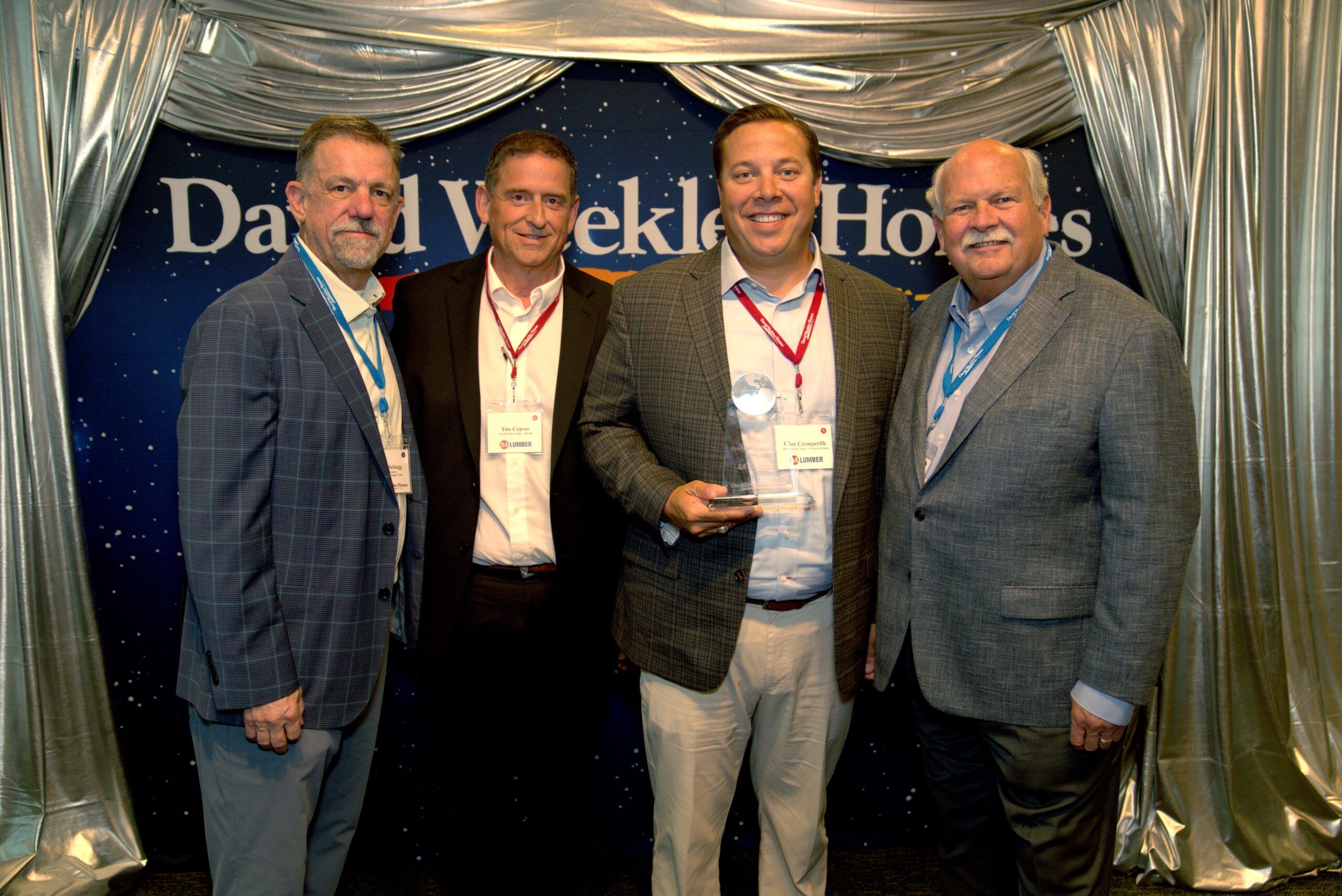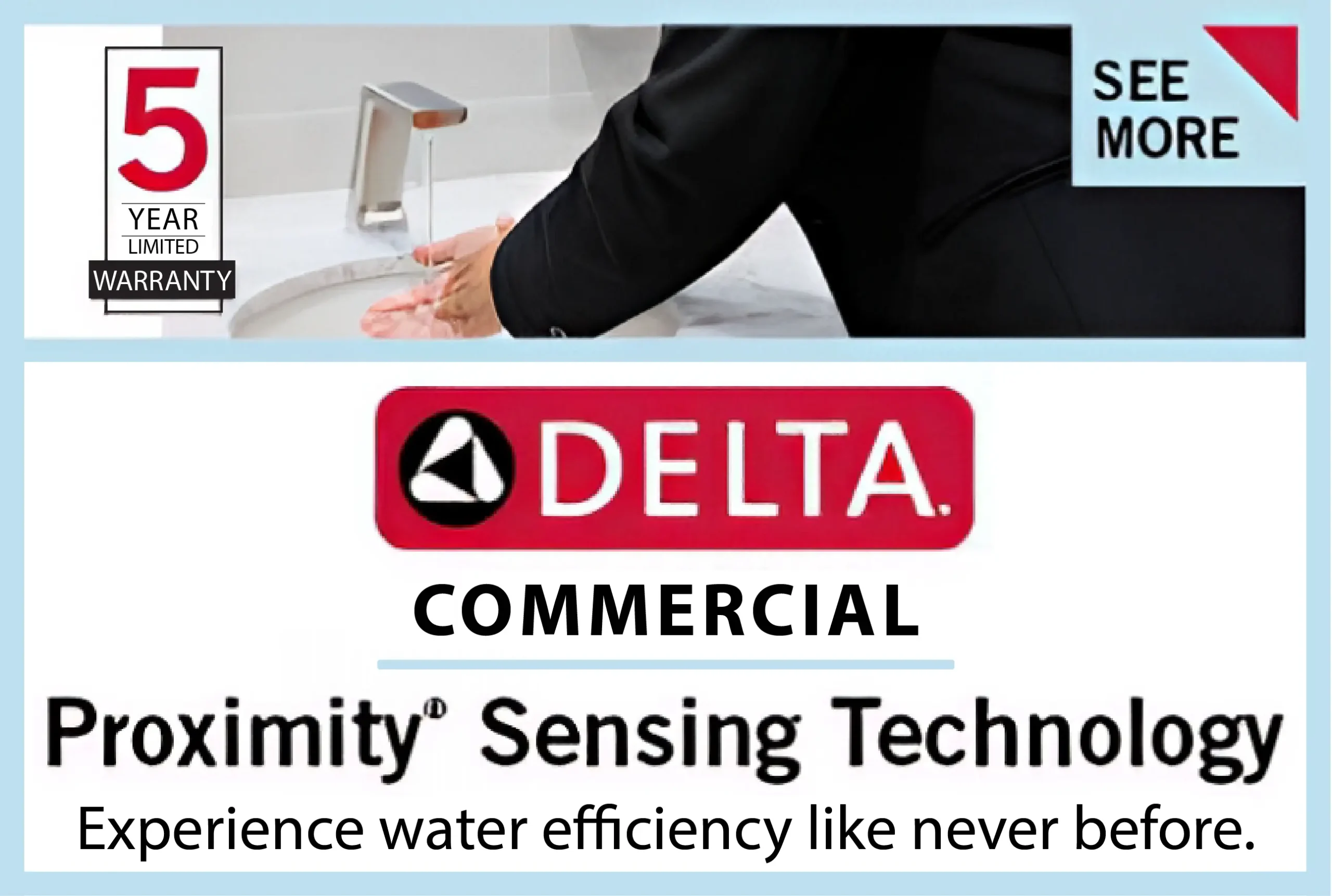When people think about energy efficiency, their minds often go straight to smart thermostats, double-pane windows, or upgraded insulation. While these elements are important, there’s one component that often gets overlooked—siding. Proper siding installation doesn’t just improve curb appeal; it has a direct and measurable impact on how efficiently your home uses energy.
Installed correctly, siding acts as a continuous protective shell around your house, reducing energy leaks, blocking moisture, and supporting indoor temperature stability. However, if the installation is rushed, outdated, or misaligned with building conditions, even the best siding materials can fail to perform.
This article explores the crucial link between siding installation and energy efficiency, revealing how quality workmanship and thoughtful design choices can lead to long-term cost savings and year-round comfort.
The Role of Siding in Thermal Regulation
Not Just a Decorative Layer
Siding is more than a surface treatment. It serves as part of the home’s thermal envelope, helping maintain the desired interior temperature regardless of what’s happening outside. When installed properly, siding adds another line of defense against unwanted air infiltration, solar radiation, and moisture buildup.
This barrier effect reduces the strain on HVAC systems, which in turn leads to lower energy bills and fewer temperature fluctuations. Conversely, poorly installed siding can leave gaps and unsealed seams that act like open windows in your home’s thermal defense.
Energy Loss Through Walls
The U.S. Department of Energy estimates that about 35% of a home’s heat loss occurs through walls. If those walls are covered by outdated or inefficient siding, or if the installation skipped crucial sealing steps, energy loss increases even more. Proper siding installation directly reduces this vulnerability.
When integrated with quality underlayment and weather-resistant barriers, siding forms a composite system that insulates and protects your home from environmental extremes.
How Material Choices Affect Efficiency
Insulated Siding Options
Modern siding products have evolved significantly from the simple wooden planks of the past. Today, many siding systems come with integrated insulation—foam-backed panels that enhance the R-value of your exterior walls. These insulated options create a buffer zone between the outdoor elements and your home’s framing, reducing thermal bridging.
Insulated vinyl, fiber cement with rigid backing, and engineered wood products can all contribute to energy efficiency when installed correctly. However, it’s not just about the product—it’s about how it’s applied. Even the most energy-efficient materials won’t deliver if improperly handled during installation.
Siding and Reflective Properties
Some siding options also contribute to solar reflectance. Lighter-colored or reflective finishes can minimize heat absorption during the summer months, reducing indoor temperatures naturally. While more relevant in warmer climates, this strategy can be part of a comprehensive efficiency plan in many regions.
An experienced St. Louis roofing company that also handles siding installation will understand how these material characteristics interact with your home’s position, local weather, and overall energy design.
Installation Technique: Where the Real Efficiency Lies
The Problem With Gaps and Seams
Even high-quality siding loses its effectiveness if the installation process is flawed. Small misalignments, unsealed joints, or inconsistent nailing patterns can create weak points where air and moisture sneak in. Over time, these gaps not only raise your heating and cooling costs but also increase the risk of mold, rot, or pest intrusion.
A meticulous installation ensures every seam is sealed, every corner is reinforced, and all panels align properly. It also includes integrating flashing and caulking at transition points—particularly where the siding meets windows, doors, and roofing elements.
Proper Wrapping and Layering
Before the siding goes up, a weather-resistant barrier (WRB) is typically installed over the sheathing. This layer prevents moisture from entering the wall cavity and adds a secondary level of insulation. It’s critical that the WRB is applied evenly, with all overlaps sealed and corners secured.
A skilled team ensures that the WRB, insulation, and siding work together as a complete envelope. Improper wrapping or rushed layering is one of the top reasons for siding underperformance and energy inefficiency.
Integration With Roofing Systems
Where Siding and Roofing Meet
The connection point between your roof and your siding—especially along gables, eaves, and dormers—is a sensitive area. Without proper flashing and transition detailing, these edges can become hotspots for leaks and drafts.
This is where siding installation overlaps with the work of a roofing company. In a well-coordinated project, these two systems are installed in a synchronized manner to ensure seamless transitions and shared insulation benefits. When installed out of sync or by separate teams without proper communication, energy losses at these junctions can be significant.
Soffits, Fascia, and Ventilation
Siding also interacts with components like soffits and fascia, which influence attic ventilation. Proper airflow in the attic reduces heat buildup, which in turn eases the load on your HVAC system. If siding installation disrupts vent pathways or covers intake vents, your home’s entire ventilation system can suffer.
A full-scope exterior team understands how all of these elements work together—not just aesthetically but functionally.
Commercial Implications: Efficiency at Scale
Siding in Commercial Roofing Environments
While siding efficiency is often discussed in residential terms, commercial properties benefit just as much—if not more—from thoughtful siding design. In buildings where square footage is extensive, even small efficiency improvements can translate into major energy cost reductions.
Commercial roofing projects often include vertical wall panel systems or mixed-material façades. These elements must be integrated with energy goals, HVAC planning, and long-term maintenance strategies. Businesses that prioritize siding installation as part of their building envelope strategy often see lower operational costs and fewer compliance issues related to energy codes.
Meridian Roofing and Renovation understands how to coordinate these variables in both residential and commercial contexts, ensuring that siding supports—not undermines—your broader energy goals.
Long-Term Financial and Environmental Gains
Lower Bills, Higher ROI
Reducing energy loss isn’t just about comfort—it’s about return on investment. Proper siding installation reduces utility bills month after month. Over time, this adds up to significant savings that offset the initial cost of installation.
Moreover, if you plan to sell your home, energy-efficient features can be a major selling point. Buyers increasingly ask about energy ratings, utility history, and insulation performance—and siding plays a visible and measurable role in those conversations.
Supporting Sustainability
Efficient homes are environmentally responsible. By minimizing energy waste, you reduce your carbon footprint. Some siding options are also made from recycled or sustainable materials, adding another layer of environmental benefit. Proper installation ensures these green features function as intended—rather than becoming wasted potential.
Conclusion
Siding installation is more than an exterior update—it’s a powerful tool in building a more energy-efficient home or commercial facility. From the materials you choose to the precision of the installation process, every detail contributes to reducing energy waste, improving comfort, and lowering utility bills.
When integrated properly with roofing systems and installed with care, siding becomes a long-term solution that pays dividends in both financial savings and environmental performance.
Meridian Roofing and Renovation encourages property owners to look beyond aesthetics when planning exterior updates. With the right strategy, your siding can work just as hard as your insulation or HVAC system in making your space more efficient, sustainable, and future-ready.











